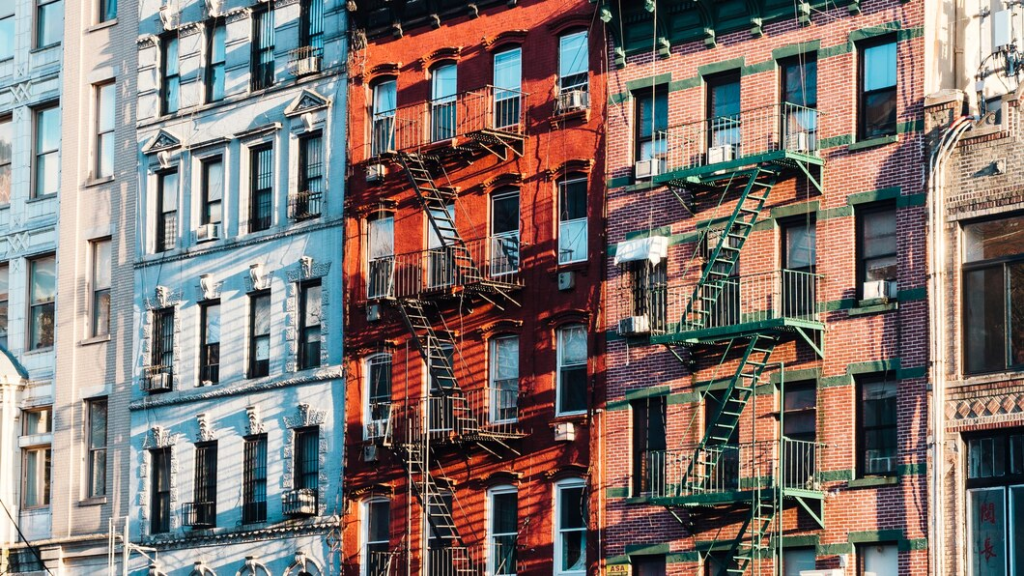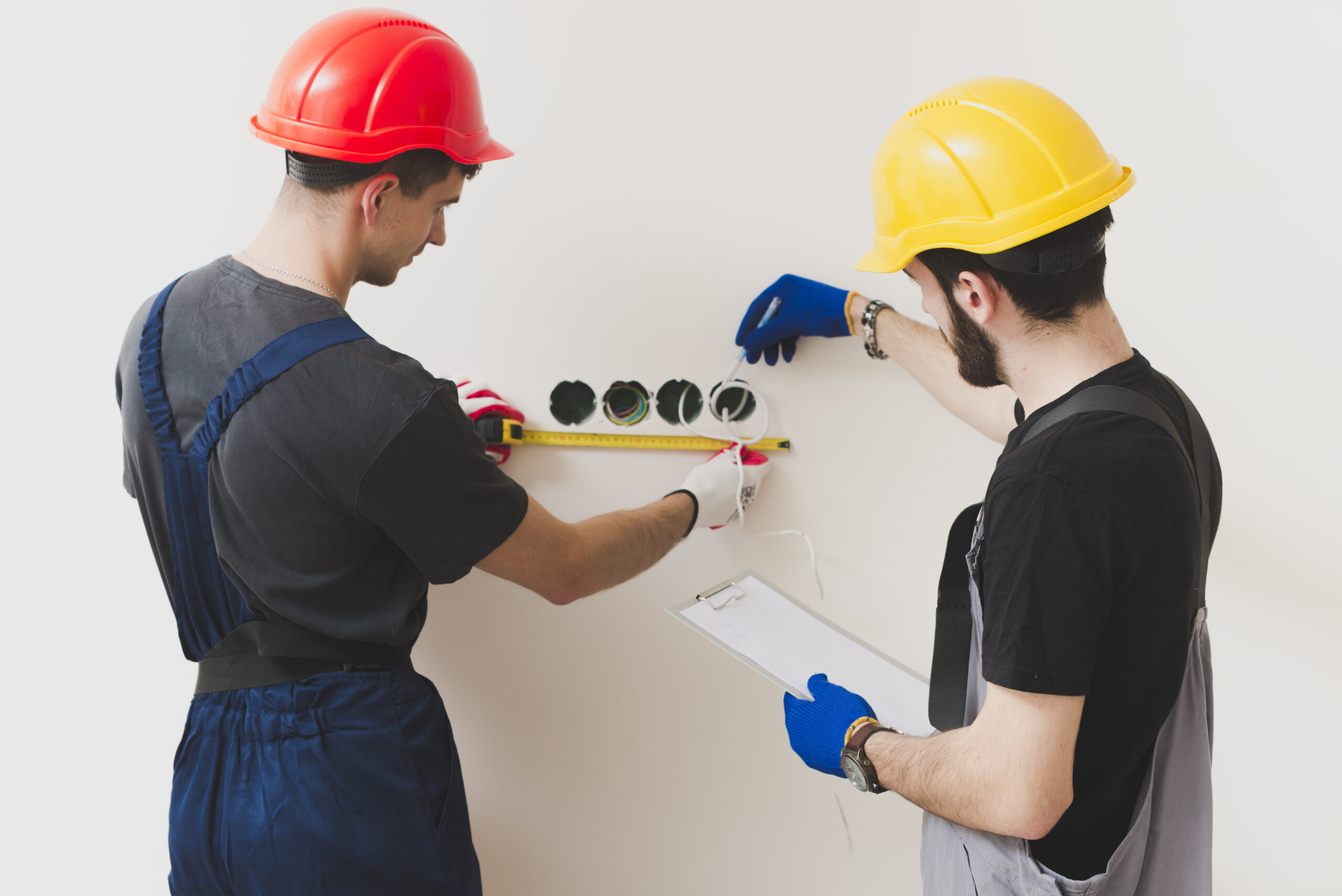New York City’s Local Laws regarding lead-based paint aim to protect residents from potential lead hazards, particularly in older residential buildings. These laws place specific responsibilities on property owners to ensure the safety and well-being of their tenants, especially young children, through stringent inspection, remediation, and documentation requirements.
Local Law 31: XRF Lead Inspections
Local Law 31 mandates that property owners of residential buildings built before 1960—or those built before 1978 with known lead-based paint—must conduct X-Ray Fluorescence (XRF) inspections to test for lead-based paint. This law applies to both large multiple-dwelling properties and smaller landlords, including one- and two-family rental units (except for those occupied by the owner’s family).
By August 9, 2025, all dwelling units must be inspected by EPA-certified inspectors using XRF technology, which offers precise detection of lead-based paint. Owners must retain and submit these inspection records to the NYC Department of Housing Preservation and Development (HPD) starting in August 2025. Notably, apartments with children under six years old should have already been inspected due to their heightened risk of exposure.
Local Law 122: Record-Keeping and Submission
As of September 1, 2024, property owners must submit their annual notice and investigation records to HPD within 45 days of receiving a lead-based paint hazard or turnover violation. By August 2025, these records should also include documentation of all XRF lead paint testing conducted before 2025. Maintaining these records for 10 years is crucial to avoid violations.
Exemptions for Lead-Free and Lead-Safe Properties
NYC landlords can apply for two types of exemptions:
- Lead-Free Exemption: Available for pre-1960 buildings that have been verified as lead-free through EPA-certified XRF testing or that have permanently eliminated lead sources via certified abatement.
- Lead-Safe Exemption: Requires that lead-based paint is safely contained or encapsulated using EPA-approved methods. Ongoing risk assessments from an EPA-certified inspector are required every two years to maintain this exemption.
Why Children Under Six Are a Key Focus
Children under six are particularly vulnerable to the harmful effects of lead exposure. If a child resides in a unit, landlords were required to complete an XRF inspection by August 9, 2021. This rule also applies to properties where a child frequently visits, even if they do not permanently live there.
Local Law 123: Lead Hazard Remediation
Local Law 123 outlines specific lead remediation requirements for landlords, particularly when a child under six is living in the unit. If a child lives in the unit as of January 1, 2025, remediation must be completed by July 2027. The law emphasizes the repair of high-friction surfaces like doors and windows, which pose greater risks for lead exposure. Failure to meet these requirements can result in civil penalties of up to $1,500.
Local Law 66: New Lead-Based Paint Threshold
Local Law 66, passed in 2021, lowered the threshold for defining lead-based paint from 1.0 mg/cm² to 0.5 mg/cm². XRF inspections conducted before December 1, 2021, that used the old threshold do not need to be retested for Local Law 31 compliance until the next tenant turnover.
Compliance and Partnering with Experts
Navigating NYC’s lead-based paint laws can be complex. Partnering with experts like LEW Environmental Services, who use state-of-the-art XRF technology and offer comprehensive record-keeping solutions, ensures that property owners remain compliant with the city’s evolving regulations.
To learn more about how to comply with Local Laws 31, 122, 123, and 66, and to schedule an EPA-certified XRF inspection, contact LEW Environmental Services today.






